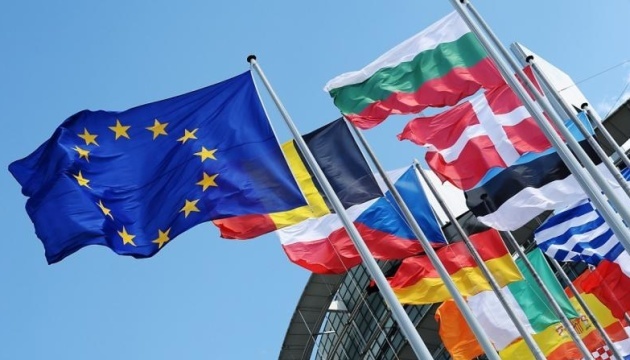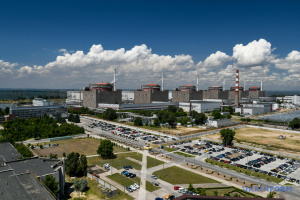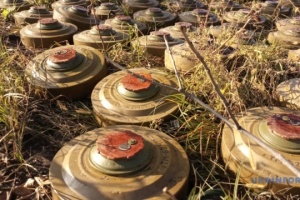
EU presents first ever defence industrial strategy involving Ukraine
The relevant statement was posted on the website of the European Commission, an Ukrinform correspondent reports.
Russia’s unjustified war of aggression against Ukraine, which started two years ago, marked the return of high-intensity conflict on the European continent. The European Defence Industrial Strategy (EDIS) sets a clear, long-term vision to achieve defence industrial readiness in the EU.
The Strategy outlines the challenges currently faced by the European Defence Technological and Industrial Base (EDTIB) but also the opportunity to tap its full potential and sets out a direction for the next decade.
To support Member States in achieving these goals, the European Defence Industrial Strategy presents a set of actions aiming at:
- supporting a more efficient expression of the Member States’ collective defence demand. It will be supported by incentivising Member States’ cooperation in the procurement phase of defence capabilities;
- securing the availability of all defence products through a more responsive EDTIB, under any circumstances and time horizon. Investments by Member States and the European defence industry in developing and bringing to market tomorrow’s state of the art defence technologies and capabilities will be supported. Measures are also proposed to ensure that the EDTIB has at its disposal what it needs even in crisis periods, thereby increasing the EU’s Security of Supply;
- ensuring that national and EU budgets support with the necessary means the adaptation of the European defence industry to the new security context;
- mainstreaming a defence readiness culture across policies, notably by calling for a review of the European Investment Bank’s lending policy this year;
- developing closer ties with Ukraine through its participation in Union initiatives in support of defence industry and stimulating cooperation between the EU and Ukrainian defence industries;
- teaming up with NATO and strategic, like-minded and international partners, and cooperating more closely with Ukraine.
The Strategy also sets indicators, aimed at measuring Member States’ progress towards industrial readiness. Member States are invited to procure at least 40% of defence equipment in a collaborative manner by 2030; ensure that, by 2030, the value of intra-EU defence trade represents at least 35% of the value of the EU defence market; make steady progress towards procuring at least 50% of their defence procurement budget within the EU by 2030 and 60% by 2035.
A reminder that, since the Russian full-scale invasion started, the EU has provided more than EUR 85 billion in assistance to Ukraine.
The EU considers appointing a European Commissioner for Defence to control the industrial aspects of the bloc’s defence policy.




